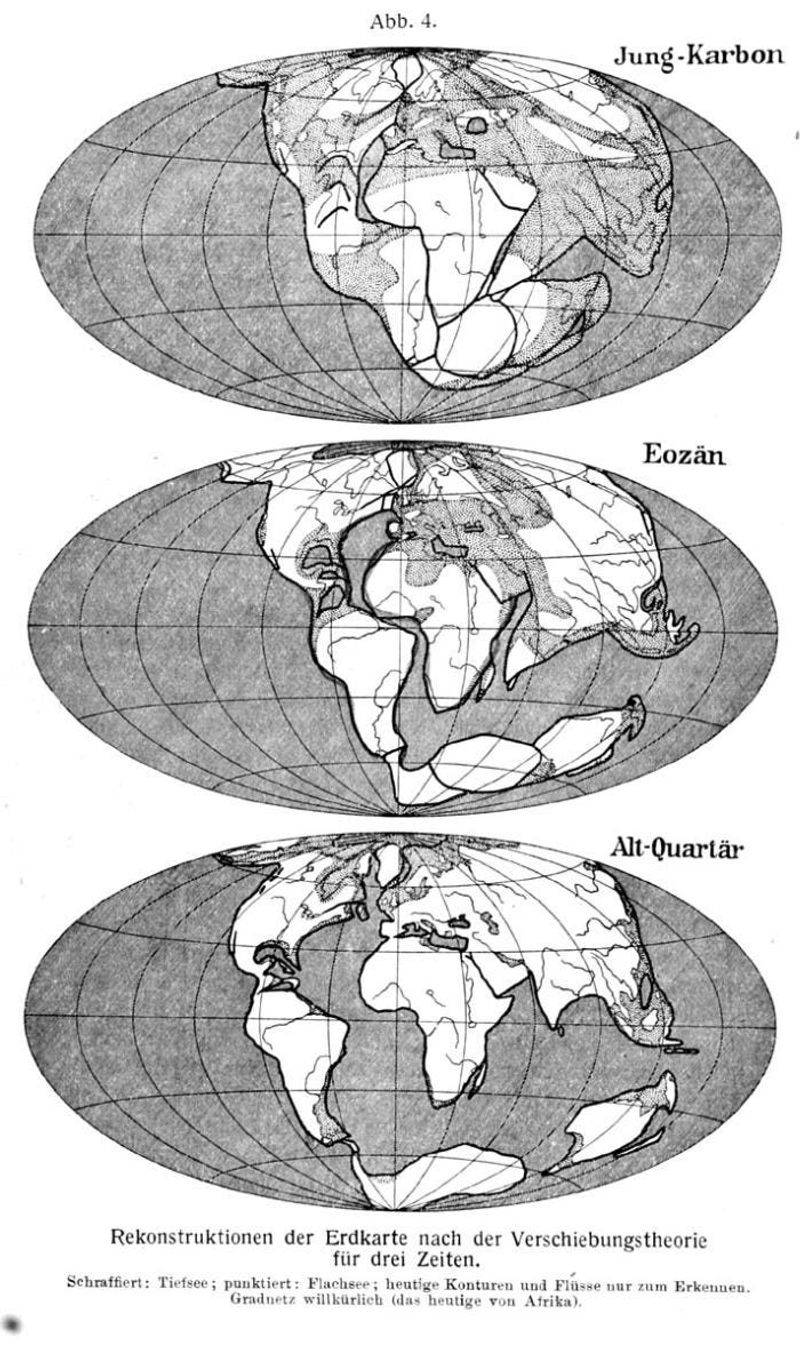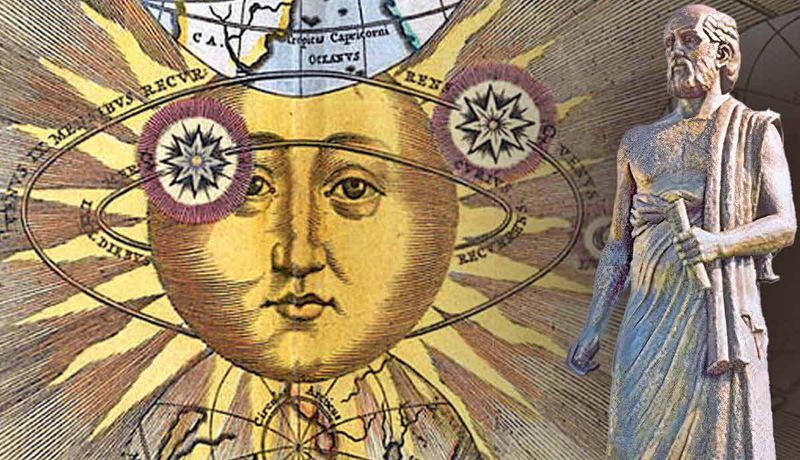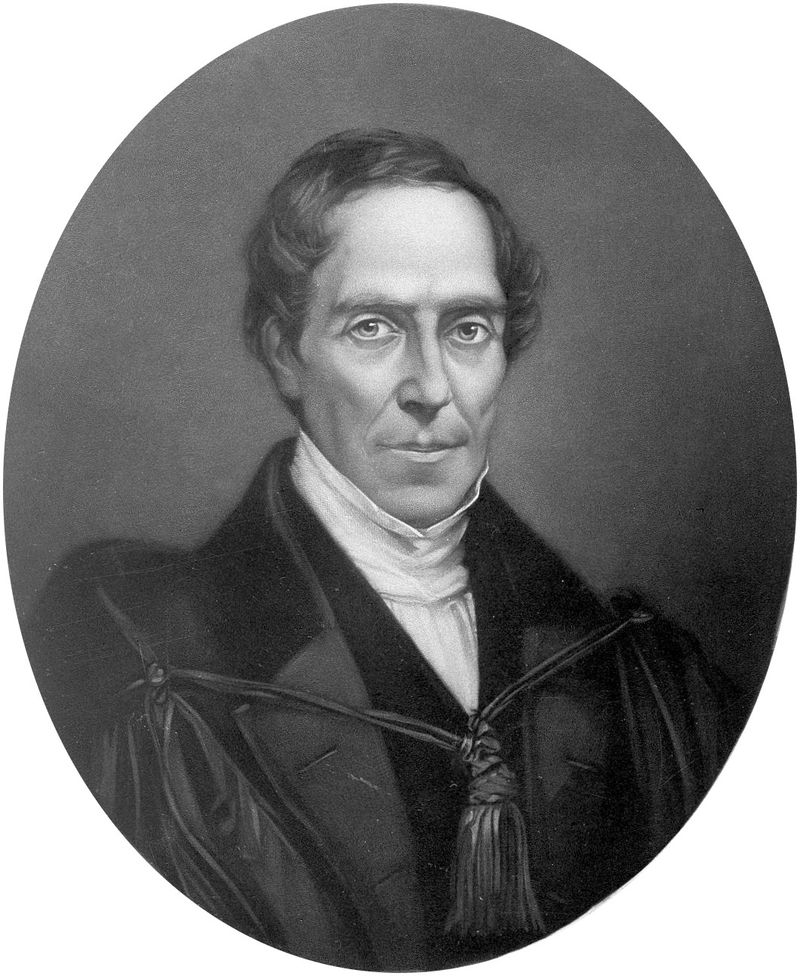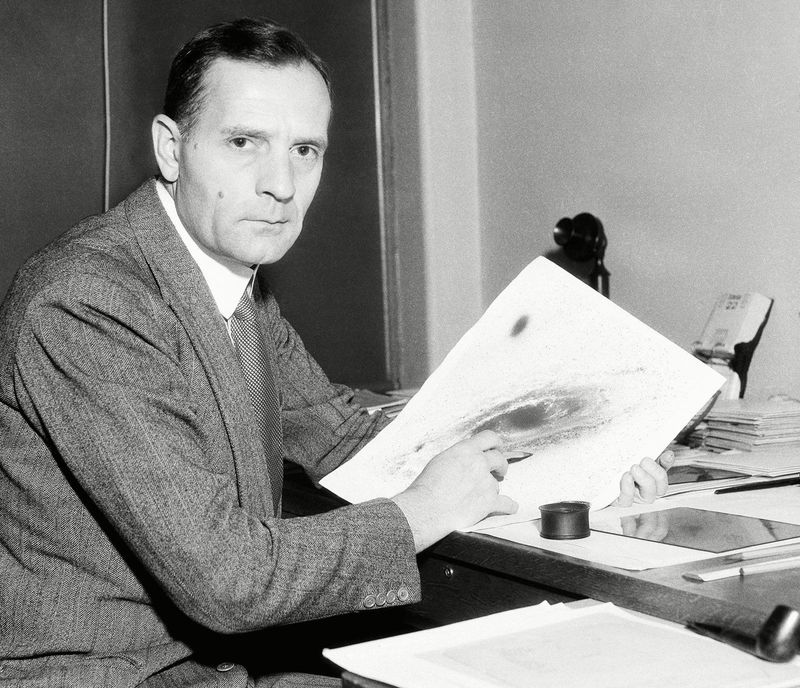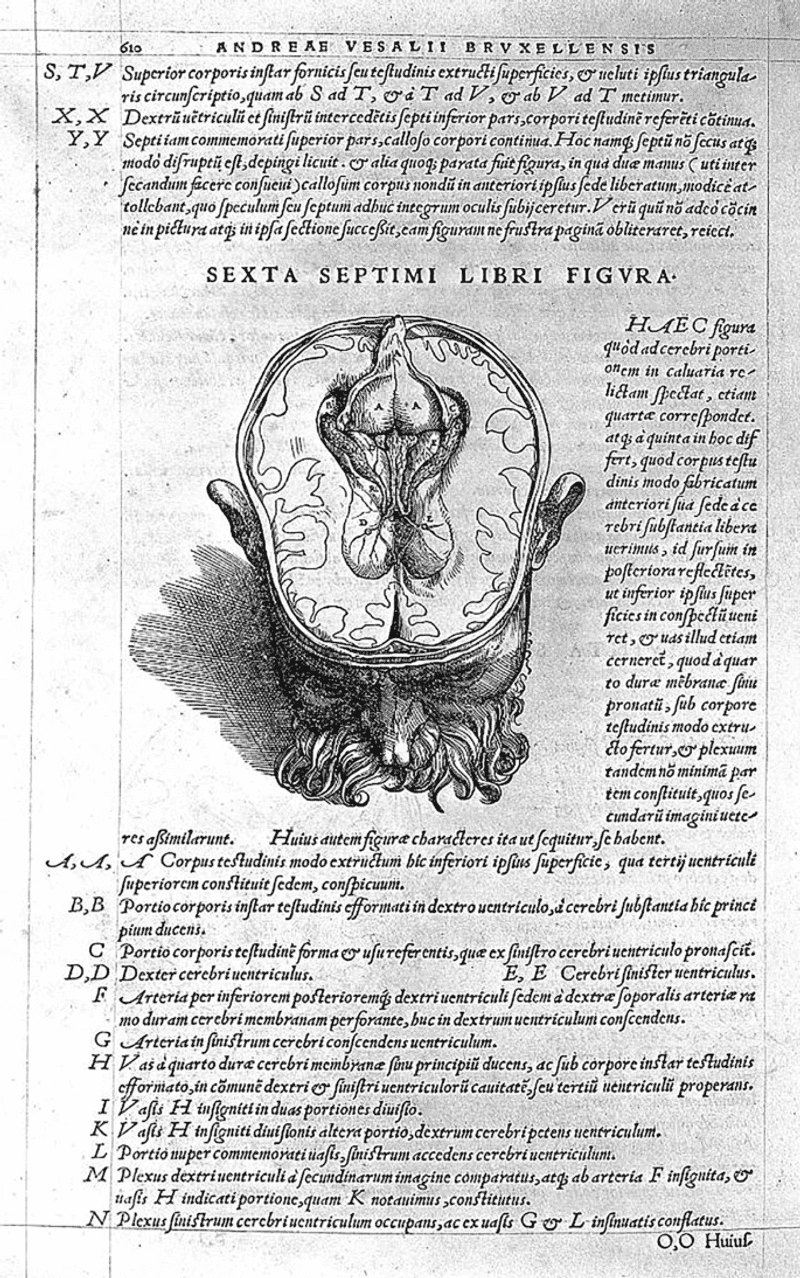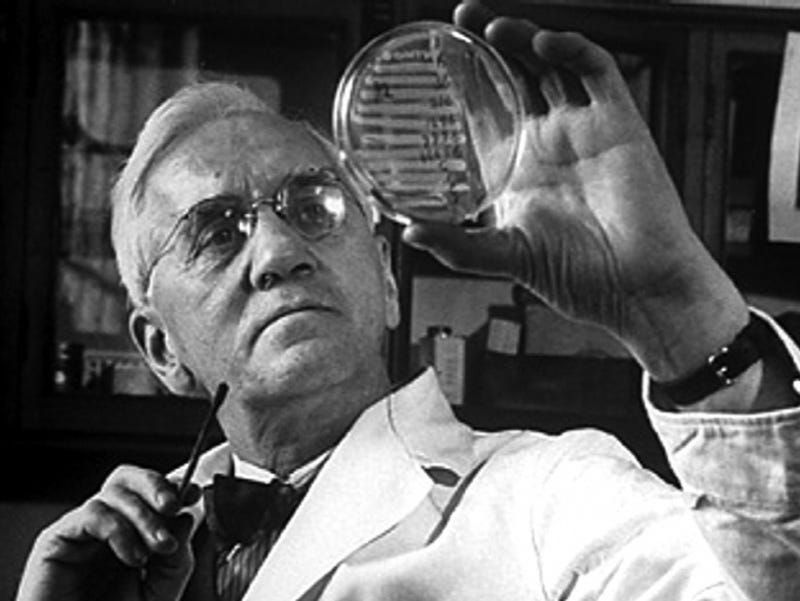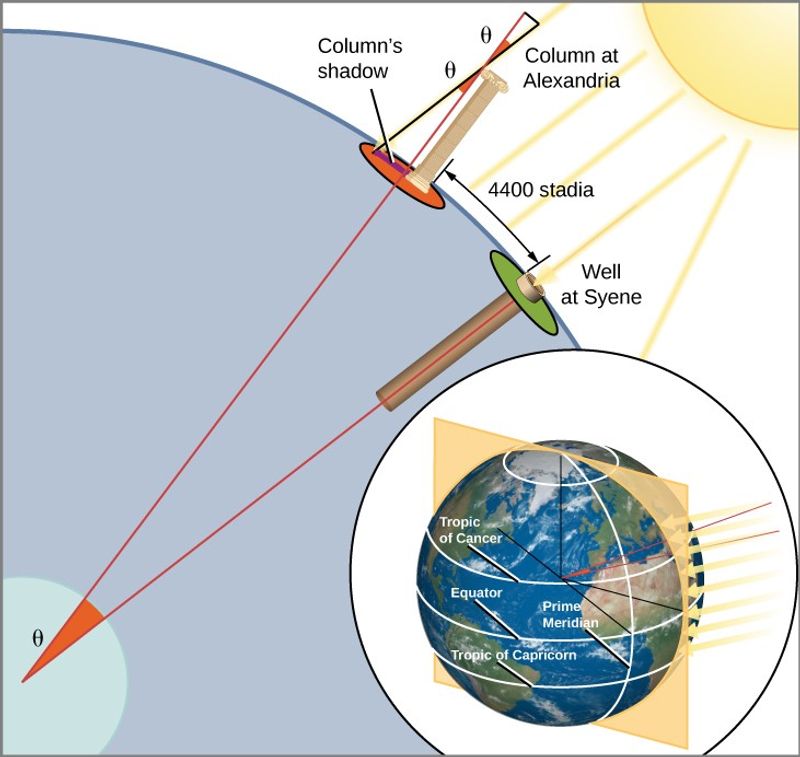Throughout history, many brilliant thinkers proposed ideas that seemed outlandish to their peers. Their theories were dismissed, ridiculed, and sometimes even led to persecution. Yet years, decades, or even centuries later, modern science confirmed what these visionaries had suspected all along. These remarkable stories remind us that today’s scientific certainty often began as yesterday’s crazy idea.
1. Germ Theory (Marcus Terentius Varro, 1st Century BCE)
Roman scholar Varro warned about tiny, invisible creatures that could enter the body and cause disease. Nobody took him seriously!
For centuries afterward, doctors blamed sickness on everything from bad air to an imbalance of bodily fluids. Patients underwent dangerous treatments like bloodletting while invisible bacteria continued their assault.
It wasn’t until Louis Pasteur’s experiments in the 1860s that Varro’s wild idea gained scientific backing. His experiments with fermentation and decay proved microscopic organisms were real disease-causers, revolutionizing medicine and saving countless lives through improved sanitation and sterilization practices.
2. Continental Drift (Alfred Wegener, 1912)
Meteorologist Alfred Wegener noticed something odd about world maps – continents looked like puzzle pieces that might fit together. He proposed that landmasses had once been joined in a supercontinent before drifting apart.
Fellow scientists ruthlessly mocked him. “Utter, damned rot!” declared one geologist, while others called his theory pseudoscience. Without a mechanism to explain how continents could move, Wegener’s idea seemed absurd.
Decades later, seafloor spreading and magnetic evidence confirmed Wegener’s basic concept, forming plate tectonic theory. Sadly, he died in 1930 during an expedition, never witnessing his vindication in the 1960s.
3. Atoms Exist (Democritus, 5th Century BCE)
“Cut something in half, then half again – what’s the smallest piece possible?” Ancient Greek philosopher Democritus answered this question by proposing tiny, indivisible particles he called “atomos.”
Influential thinker Aristotle dismissed the idea entirely. Without microscopes or lab equipment, atoms remained purely theoretical for over two millennia, with most scholars following Aristotle’s rejection.
Einstein finally provided definitive proof of atoms in 1905 by explaining Brownian motion – the random movement of pollen in water caused by invisible particles. Modern atomic theory vindicated Democritus’s remarkable intuition about nature’s building blocks, 2,300 years after his death.
4. The Earth Orbits the Sun (Aristarchus of Samos, 3rd Century BCE)
Long before telescopes existed, a Greek astronomer named Aristarchus suggested something revolutionary: Earth wasn’t the center of everything. Instead, our planet revolved around the sun!
His heliocentric model contradicted what everyone believed, and fellow Greeks laughed it off. For nearly 2,000 years, humans continued believing Earth was the universe’s center.
When Copernicus and later Galileo finally proved Aristarchus right with better observations, the idea remained so controversial that Galileo faced house arrest for supporting it. Talk about being ahead of your time!
5. Heredity Through “Seeds” (Gregor Mendel, 1865)
Monk Gregor Mendel spent years meticulously crossbreeding pea plants in his monastery garden. His experiments revealed mathematical patterns in how traits passed from one generation to the next through what he called “hereditary factors.”
When Mendel published his groundbreaking findings, the scientific community completely ignored them. His work languished in obscurity for 35 years while he tended his garden and eventually became abbot.
Three different scientists independently rediscovered his research in 1900, recognizing its brilliance. Mendel’s hereditary factors are what we now call genes, and his work formed the foundation of modern genetics – though he never lived to see his vindication.
6. Meteorites Come From Space (Ernst Chladni, 1794)
When farmers reported stones falling from the sky, educated people scoffed. The prestigious French Academy of Sciences declared in 1772, “Rocks cannot fall from the sky because there are no rocks in the sky!”
German physicist Ernst Chladni dared challenge this view, publishing evidence that meteorites originated in space. His colleagues ridiculed him mercilessly, calling his ideas absurd and unscientific.
Vindication came in 1803 when a meteorite shower over L’Aigle, France, provided irrefutable evidence. Thousands of stones fell in broad daylight with numerous witnesses, forcing scientists to admit Chladni was right about these extraterrestrial visitors all along.
7. Handwashing Saves Lives (Ignaz Semmelweis, 1847)
Hungarian physician Ignaz Semmelweis noticed something disturbing: mothers were dying at alarming rates after childbirth when doctors delivered their babies. Midwife-delivered babies had much lower mortality rates.
His breakthrough came when he realized doctors often went straight from performing autopsies to delivering babies without washing their hands. When he implemented mandatory handwashing with chlorinated lime solution, maternal deaths plummeted by nearly 90%!
Rather than celebrate this success, his medical colleagues rejected and mocked his findings. The medical establishment drove Semmelweis to a nervous breakdown, and he died in an asylum at age 47, decades before germ theory would prove him absolutely right.
8. Dinosaurs Existed (Gideon Mantell, 1820s)
Country doctor Gideon Mantell and his wife Mary Ann stumbled upon enormous fossilized teeth while walking in Sussex, England. Mantell recognized they belonged to an extinct reptile of massive proportions – unlike anything known to science.
The scientific establishment, led by influential anatomist Richard Owen, dismissed and belittled Mantell’s discoveries. Owen even tried claiming credit for Mantell’s work while portraying him as an amateur.
Eventually, more fossil discoveries confirmed Mantell’s theories about these prehistoric giants. Modern paleontology acknowledges him as the father of dinosaur science, but the years of ridicule and rejection left him financially ruined and emotionally broken before his vindication.
9. The Universe is Expanding (Edwin Hubble, 1929)
Astronomer Edwin Hubble made a startling discovery in 1929: distant galaxies were moving away from us, and the farther away they were, the faster they seemed to be moving. This suggested something unthinkable – the entire universe was expanding!
Even Einstein initially rejected this idea. He had added a “cosmological constant” to his equations specifically to prevent the universe from expanding or contracting in his model.
When confronted with Hubble’s evidence, Einstein visited Mount Wilson Observatory to see for himself. After reviewing the data, he admitted his mistake, reportedly calling his cosmological constant “the biggest blunder of my life.” Today, cosmic expansion is fundamental to our understanding of the universe.
10. Deep-Sea Vents & Life Without Sunlight (1977 Discovery)
Biologists once declared with certainty that all life ultimately depended on sunlight. The deep ocean floor was thought to be a nearly lifeless desert, with only sparse scavengers surviving on scraps from above.
In 1977, the submersible Alvin descended to explore near the Galápagos Islands and found something astonishing: hydrothermal vents surrounded by thriving communities of never-before-seen creatures. Giant tube worms, unique clams, and specialized bacteria flourished in this toxic, sunless environment.
These organisms relied on chemosynthesis – using hydrogen sulfide from the vents instead of sunlight as their energy source. This discovery revolutionized our understanding of life’s possibilities and expanded where we might find life beyond Earth.
11. Birds Evolved from Dinosaurs (Thomas Huxley, 1860s)
Victorian scientist Thomas Henry Huxley, nicknamed “Darwin’s Bulldog” for his fierce defense of evolution, noticed something peculiar: bird skeletons shared remarkable similarities with certain dinosaurs. He boldly suggested birds might be dinosaur descendants.
Fellow scientists thought the idea preposterous. Birds were birds, dinosaurs were dinosaurs – end of discussion! The concept remained controversial for over a century.
Beginning in the 1990s, extraordinary fossils from China revealed feathered dinosaurs that couldn’t be ignored. Velociraptors with feathers, dinosaurs with wings, and transitional species provided overwhelming evidence. Modern paleontologists now agree: birds didn’t just evolve from dinosaurs – they ARE dinosaurs, the only surviving branch of that ancient family tree.
12. The Brain Controls the Body (Alcmaeon of Croton, 5th Century BCE)
Ancient Greek physician Alcmaeon performed the first recorded anatomical dissections and made a revolutionary discovery: nerves connected the brain to our sense organs. He proposed the brain – not the heart – was the center of sensation, thought, and movement.
This contradicted popular belief. Aristotle and other influential thinkers insisted the heart was the seat of intelligence and emotion, with the brain merely cooling blood. This heart-centered view dominated Western medicine for nearly 2,000 years!
During the Renaissance, anatomists like Vesalius finally confirmed Alcmaeon’s theory through careful dissection. Modern neuroscience has since revealed the brain’s incredible complexity, vindicating this ancient doctor’s remarkable insight about our most mysterious organ.
13. Black Holes Exist (John Michell, 1783)
English clergyman and scientist John Michell proposed something mind-bending in 1783: stars so massive and dense that their gravity would trap light itself, rendering them invisible “dark stars.” His mathematical prediction came centuries before Einstein’s relativity theory.
Scientists dismissed the idea as mathematical curiosity with no basis in reality. Even after Einstein’s equations predicted black holes in the early 1900s, many physicists considered them theoretical oddities that couldn’t actually exist.
Decades of astronomical evidence gradually built support for black holes, culminating in 2019 when the Event Horizon Telescope captured the first actual image of a black hole’s shadow. Michell’s “dark stars” were finally confirmed, 236 years after his brilliant prediction.
14. Antibiotic Resistance Predicted (Alexander Fleming, 1945)
After discovering penicillin in 1928, Alexander Fleming noticed something troubling in his lab: bacteria could become resistant to the miracle drug when exposed to insufficient amounts. During his Nobel Prize acceptance speech in 1945, he explicitly warned about antibiotic resistance.
“The thoughtless person playing with penicillin treatment is morally responsible for the death of the man who succumbs to infection with the penicillin-resistant organism,” Fleming cautioned. Many doctors ignored these warnings, freely prescribing antibiotics for even minor conditions.
Today, antibiotic resistance has become exactly the crisis Fleming predicted. Superbugs resistant to multiple drugs emerge regularly, with the WHO calling it one of the biggest threats to global health and food security.
15. The Earth is Round (Eratosthenes, 240 BCE)
Ancient Greek librarian Eratosthenes noticed something curious: at noon on the summer solstice, sunlight reached the bottom of a deep well in Syene (modern Aswan), while in Alexandria, objects still cast shadows. This simple observation led to genius.
Using geometry and the distance between cities, he calculated Earth’s circumference with remarkable accuracy – within 10% of the modern value! While educated Greeks accepted his findings, many ordinary people continued believing in a flat Earth.
Contrary to popular belief, Columbus didn’t prove Earth was round (educated people already knew). Eratosthenes had demonstrated it 1,700 years earlier with just a well, a stick, and brilliant mathematical reasoning – no satellites or space travel required!
16. Quantum Entanglement (Einstein Called It “Spooky,” 1935)
Albert Einstein helped birth quantum physics but grew uncomfortable with its stranger implications. In 1935, he identified a phenomenon where two particles could become “entangled,” instantly affecting each other regardless of distance – what he mockingly called “spooky action at a distance.”
Einstein considered this proof that quantum mechanics must be incomplete. Such instant connections seemed to violate his theory of relativity, which limited how fast information could travel.
Experiments beginning in the 1970s with John Bell’s inequality tests proved entanglement was real. Today, quantum entanglement powers cutting-edge technologies like quantum computing and unhackable communications. Einstein’s “spooky action” turned out to be a fundamental feature of our universe, not a flaw in the theory.
17. The Human Appendix Has a Purpose (Long Dismissed as Useless)
For generations, doctors dismissed the appendix as a useless evolutionary leftover, a vestigial organ with no purpose except to occasionally become infected and require removal. Medical textbooks taught that it served no function in modern humans.
Patients with appendectomies were assured they’d lose nothing important. Charles Darwin himself suggested it was merely a shrunken remnant from plant-eating ancestors who needed larger digestive organs.
Recent research has revealed the appendix actually serves as a “safe house” for beneficial gut bacteria. During severe intestinal illnesses when harmful bacteria flush out good bacteria, the appendix protects and restores these helpful microbes, helping recovery from digestive diseases. This tiny organ plays a vital role in our immune system after all!


